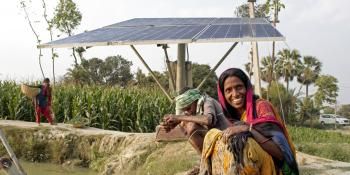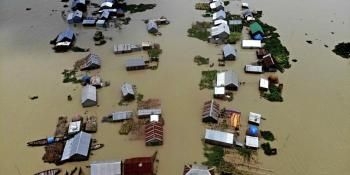Mapping climate hotspots of food insecurity

The final report is now available for the CCAFS study "Mapping Hotspots of Climate Change and Food Insecurity in the Global Tropics". This study was coordinated by the CGIAR Research Program on Climate Change, Agriculture and Food Security (CCAFS) to identify areas that are food insecure and vulnerable to the impacts of future climate change, across the priority regions for the CGIAR centres. The research was undertaken by a team of scientists from the International Livestock Research Institute (ILRI).
The study matches future climate change “hotspots” with regions already suffering chronic food problems to identify highly-vulnerable populations, chiefly in Africa and South Asia, but potentially in China and Latin America as well, where in fewer than 40 years, the prospect of shorter, hotter or drier growing seasons could imperil hundreds of millions of already-impoverished people.
The researchers pinpointed areas of intense vulnerability by examining a variety of climate models and indicators of food problems to create a series of detailed maps. One shows regions around the world at risk of crossing certain “climate thresholds”—such as temperatures too hot for maize or beans—that over the next 40 years could diminish food production. Another shows regions that may be sensitive to such climate shifts because in general they have large areas of land devoted to crop and livestock production. And finally, scientists produced maps of regions with a long history of food insecurity.
This report is an update to the advance version released in May 2011, which was reported by international media including BBC, TIME, and Nature.
Read more: Download the full report
Explore the maps:
Explore the maps in the report
You may also browse the gallery.
Slideshow best viewed full screen. Click ![]()
To view captions, select Options -> Always show title and description


